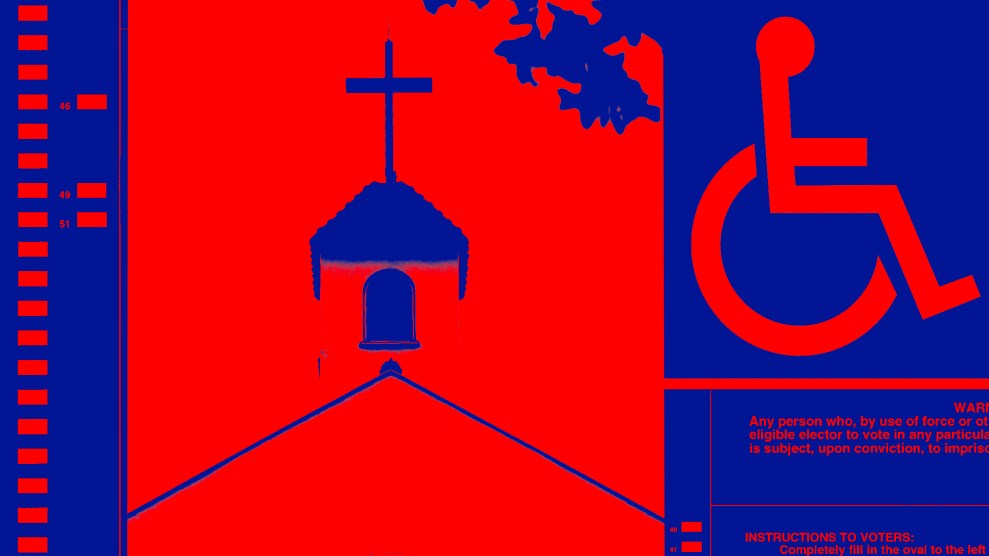A couple days ago, the U.N.’s nuclear watchdog IAEA issued a report saying it had made a “short-notice inspection” of Iran’s main nuclear facility and found a more advanced program than anyone had previously thought. The IAEA noted that all 1,300 of Iran’s centrifuges were running smoothly and producing nuclear fuel. While Iran insists the nuclear program is for civilian power, everyone believes they have their eye on building the bomb.
But the centrifuges are interesting. They’re necessary for the production of low enriched uranium for civil purposes or highly enriched uranium for nuclear weapons. A country needs 3,000 properly functioning centrifuges to develop a nuclear warhead in one year, according to experts, but Iran is going big time — it plans on installing 54,000 in the near future.
But as recently as February of this year, Iran was thought to have just slightly over 300 centrifuges. Where did they get the technical know-how and personnel for the expansion?
Maybe Iraq. Post-invasion Iraq, that is.
In late 2005, Mother Jones wrote about Iraqi nuclear scientists, including Dr. Mahdi Obeidi, the head of Saddam’s nuclear centrifuge program, who were trying desperately to give themselves up to American forces. Yet, because of suspicion and disorganization on the part of the Americans they approached (and the threat of mistreatment in holding centers and prisons), many scientists simply slipped into the underground. Kurt Pitzer wrote:
I met [Dr. Faris Abdul Aziz] in Obeidi’s garden, and he told me that in the days after the invasion, he had gone to Saddam’s former Republican Palace to offer cooperation to the U.S. military on behalf of himself and other top nuclear scientists. But U.S. officials only wanted to know if he knew where Saddam was hiding and where they might find WMD stockpiles. They never asked him back for another interview. Today, no one seems to know where he is. “We’ve been trying to get in touch with these guys for months,” [David Albright, a former U.N. weapons inspector] says. “But by now they’re probably so jaded and suspicious that they want nothing to do with the U.S.”
As it happens, Saddam’s nuclear centrifuge program during the late 1980s was one of the most efficient covert nuclear efforts the world has ever seen. The scientists who pulled it off are very gifted men and women, many of whom are now out of work. Their names are still being kept secret by the international agencies familiar with their work. But a source close to one of those agencies recently said that of the 200-some scientists at the top of its nuclear list, all but three remain unaccounted for.
It’s not hard to imagine that some of those hundreds of missing nuclear scientists made their way to Tehran, where they would have been welcomed with open arms and fat paychecks. Wouldn’t it be ironic and tragic if instead of Iranians sneaking into Iraq to make trouble, as the Bush Administration is claiming, it was the other way around? And simply because the Administration that claimed to care so much about WMDs didn’t bother to secure the people who worked on them.
You can read Pitzer’s story, “In the Garden of Armageddon,” here.















